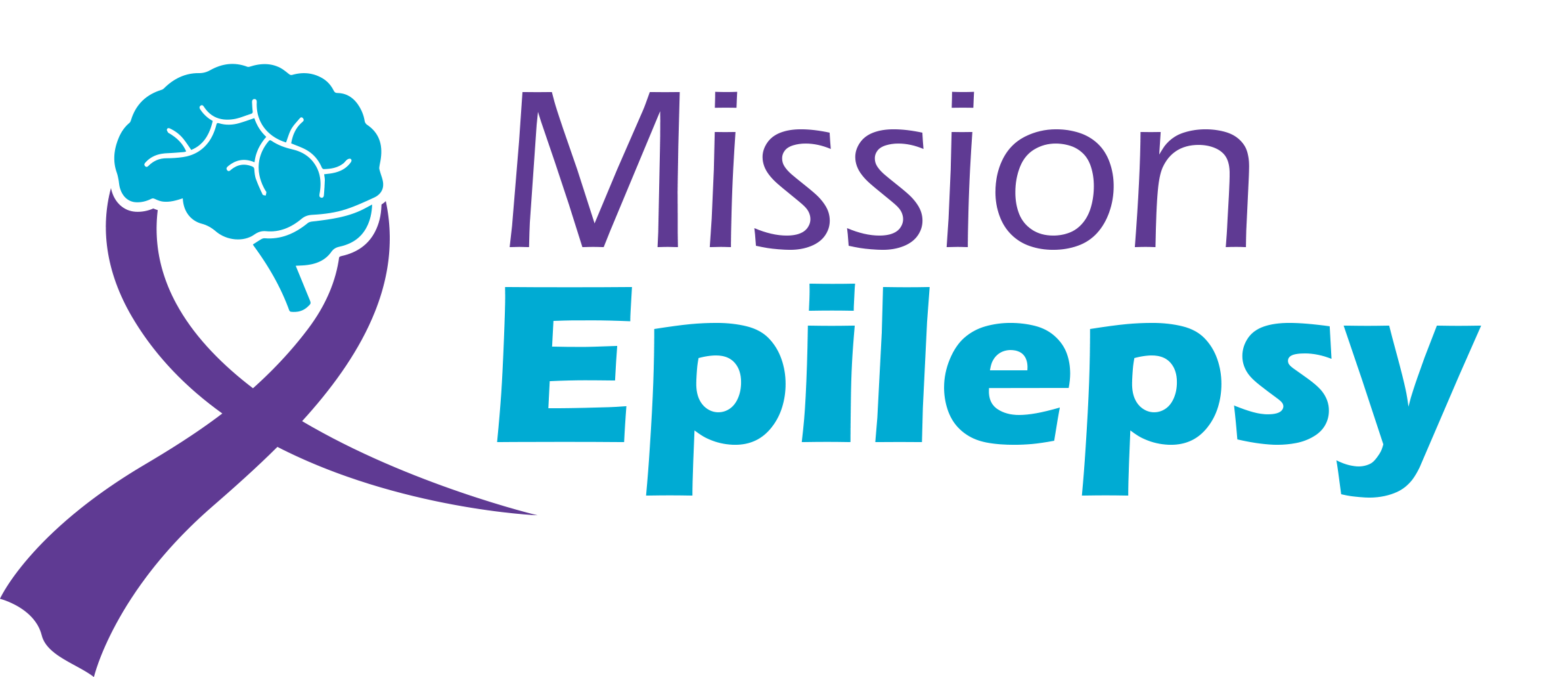Seizures are a medical emergency that can happen to anyone, at any time. They are caused by abnormal electrical activity in the brain and can range from mild to severe. Knowing how to respond during a seizure is crucial in keeping the person safe, preventing injury, and even saving their life. That’s why Mission Epilepsy is committed to raising awareness about seizures first aid.
What to do during a seizure
The first thing to remember when someone is having a seizure is to stay calm and stay with the person. This can be a scary and confusing experience, but it is important to remain calm and provide reassurance to the person. Clear the area of any sharp or hard objects that may cause injury during the seizure. Place something soft under their head, such as a pillow or blanket, to help protect them from injury.
It is important to remember that during a seizure, the person will have no control over their body movements. Do not put anything in their mouth or try to hold their tongue. This can cause injury and is not necessary. Seizures typically last for a few minutes and the person will regain consciousness soon after.
Prolonged seizures and when to call for medical help
If the seizure lasts longer than 5 minutes, it is considered a prolonged seizure and medical help should be called. A prolonged seizure is also called status epilepticus, which is a medical emergency that can cause serious injury or even death. It is important to be aware of the time when a seizure begins and to call for medical help if necessary.
Types of seizures
It is also important to note that not all seizures involve convulsions or loss of consciousness. Some seizures, called absence seizures or complex partial seizures, can cause a person to stare into space, have a blank expression, or make repetitive movements. These seizures can be mistaken for other conditions or simply ignored, but it is important to recognize them and respond appropriately.
After a seizure, the person may be confused, tired, or have a headache. They may also have trouble speaking or understanding what is being said to them. It is important to give them time to recover and provide them with water or a snack if they are able to eat.
Causes of seizures
Seizures can be caused by a variety of factors, including head injury, infection, or a structural problem in the brain. Epilepsy is a neurological disorder characterized by recurrent seizures and it affects about 1 in 26 people in their lifetime. Knowing how to respond during a seizure is crucial for those with epilepsy and their loved ones.
In conclusion, seizures are a medical emergency that can happen to anyone, at any time. Knowing how to respond during a seizure is crucial in keeping the person safe, preventing injury, and even saving their life. Mission Epilepsy is committed to raising awareness about seizures first aid and providing education and resources to help individuals with epilepsy manage their condition and live their best life. Remember to stay calm, stay with the person, clear the area, place something soft under their head, and call for medical help if the seizure lasts longer than 5 minutes.

